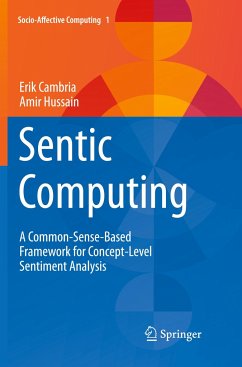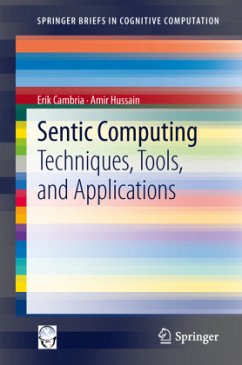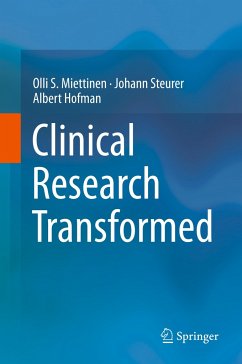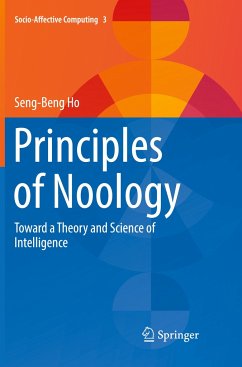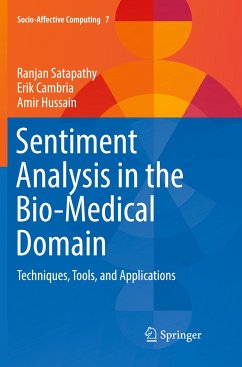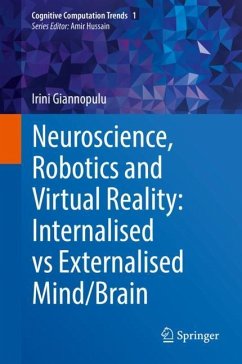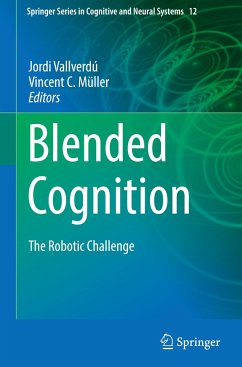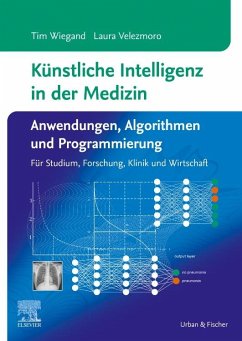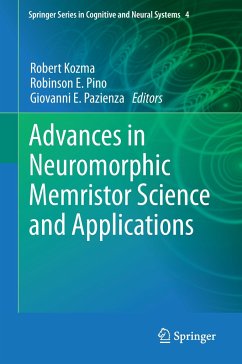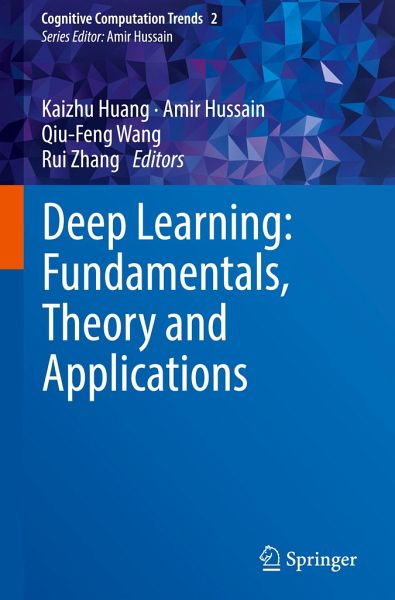
Deep Learning: Fundamentals, Theory and Applications

PAYBACK Punkte
57 °P sammeln!
The purpose of this edited volume is to provide a comprehensive overview on the fundamentals of deep learning, introduce the widely-used learning architectures and algorithms, present its latest theoretical progress, discuss the most popular deep learning platforms and data sets, and describe how many deep learning methodologies have brought great breakthroughs in various applications of text, image, video, speech and audio processing.Deep learning (DL) has been widely considered as the next generation of machine learning methodology. DL attracts much attention and also achieves great success ...
The purpose of this edited volume is to provide a comprehensive overview on the fundamentals of deep learning, introduce the widely-used learning architectures and algorithms, present its latest theoretical progress, discuss the most popular deep learning platforms and data sets, and describe how many deep learning methodologies have brought great breakthroughs in various applications of text, image, video, speech and audio processing.
Deep learning (DL) has been widely considered as the next generation of machine learning methodology. DL attracts much attention and also achieves great success in pattern recognition, computer vision, data mining, and knowledge discovery due to its great capability in learning high-level abstract features from vast amount of data. This new book will not only attempt to provide a general roadmap or guidance to the current deep learning methodologies, but also present the challenges and envision new perspectives which may lead to furtherbreakthroughs in this field.
This book will serve as a useful reference for senior (undergraduate or graduate) students in computer science, statistics, electrical engineering, as well as others interested in studying or exploring the potential of exploiting deep learning algorithms. It will also be of special interest to researchers in the area of AI, pattern recognition, machine learning and related areas, alongside engineers interested in applying deep learning models in existing or new practical applications.
Deep learning (DL) has been widely considered as the next generation of machine learning methodology. DL attracts much attention and also achieves great success in pattern recognition, computer vision, data mining, and knowledge discovery due to its great capability in learning high-level abstract features from vast amount of data. This new book will not only attempt to provide a general roadmap or guidance to the current deep learning methodologies, but also present the challenges and envision new perspectives which may lead to furtherbreakthroughs in this field.
This book will serve as a useful reference for senior (undergraduate or graduate) students in computer science, statistics, electrical engineering, as well as others interested in studying or exploring the potential of exploiting deep learning algorithms. It will also be of special interest to researchers in the area of AI, pattern recognition, machine learning and related areas, alongside engineers interested in applying deep learning models in existing or new practical applications.



